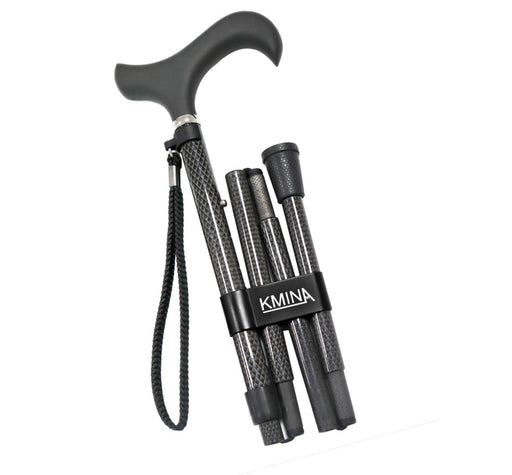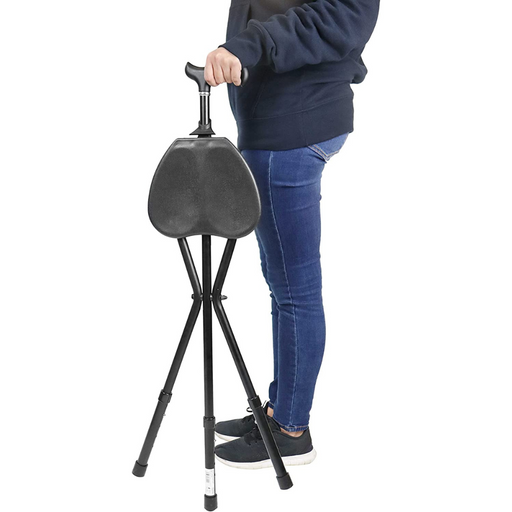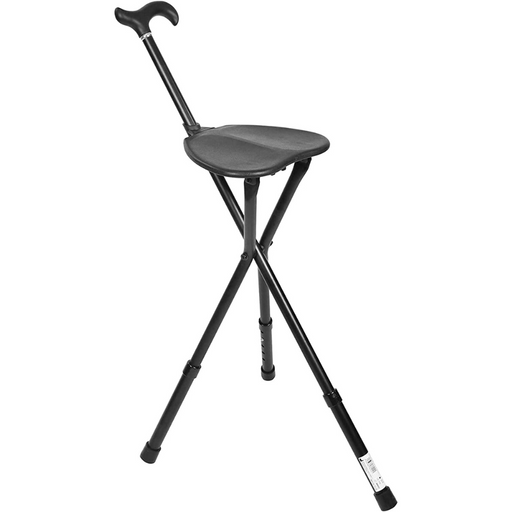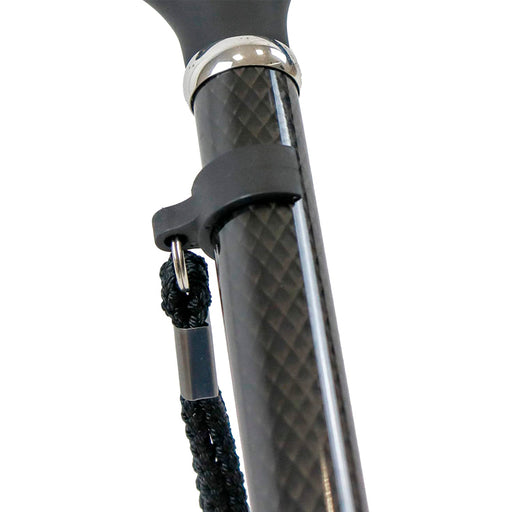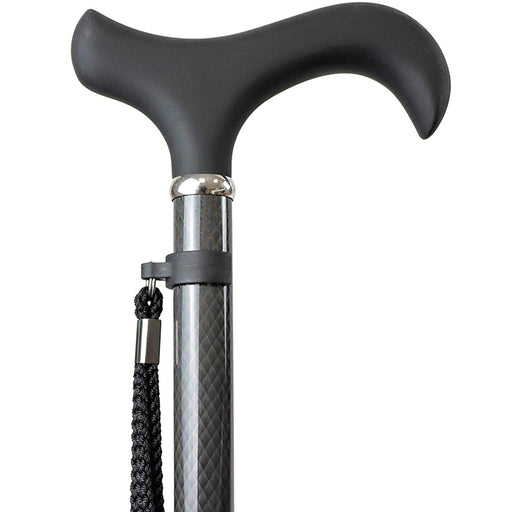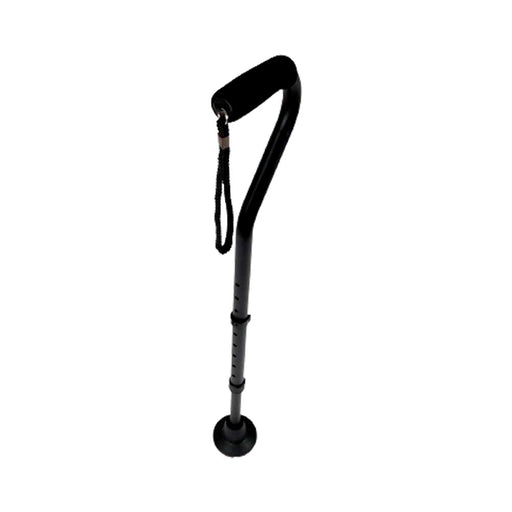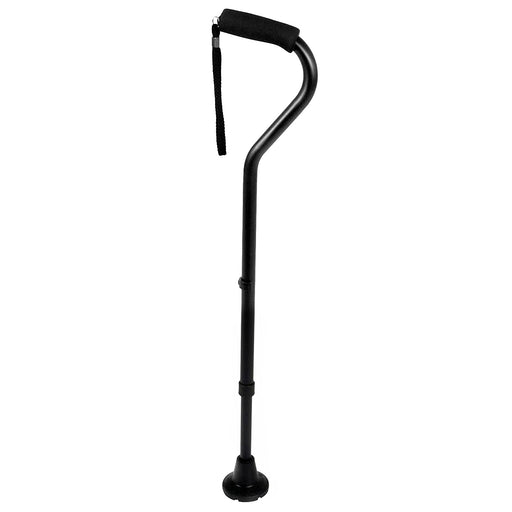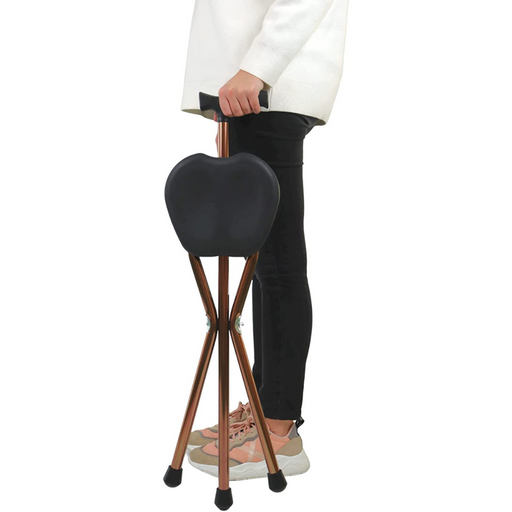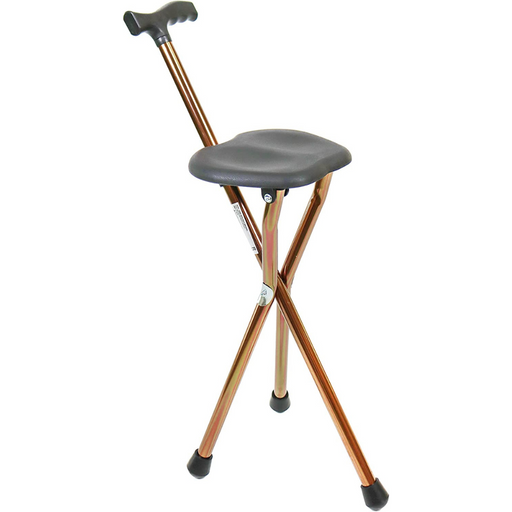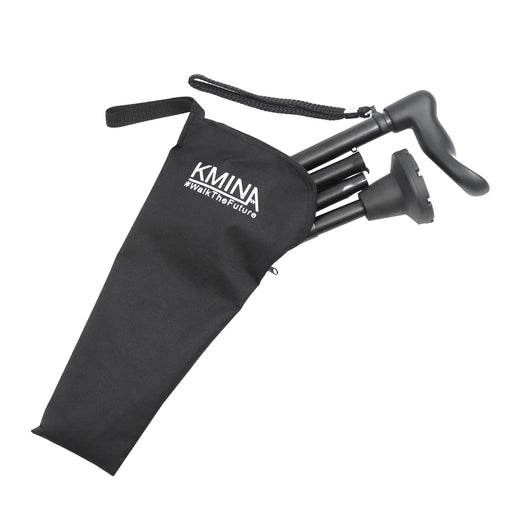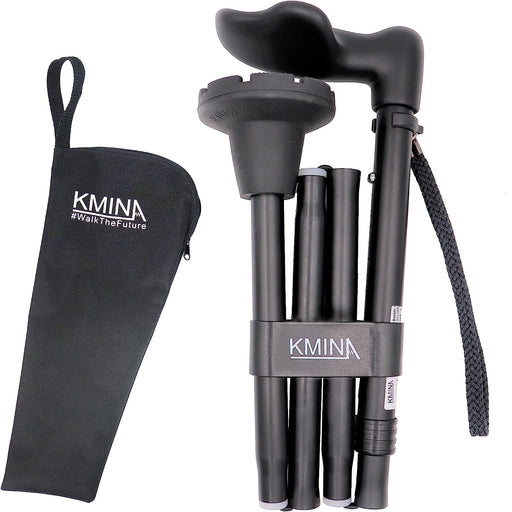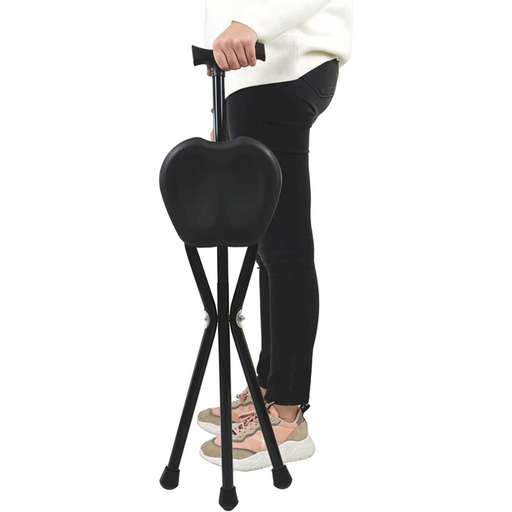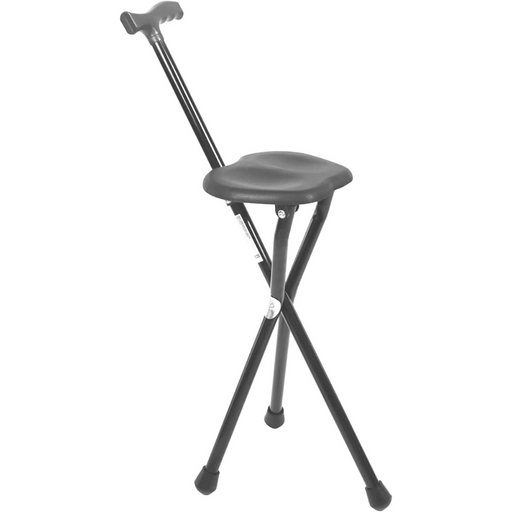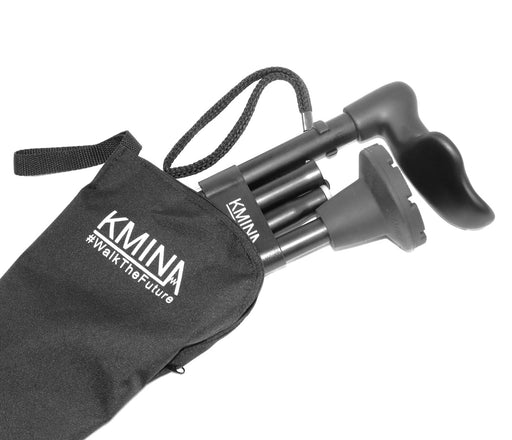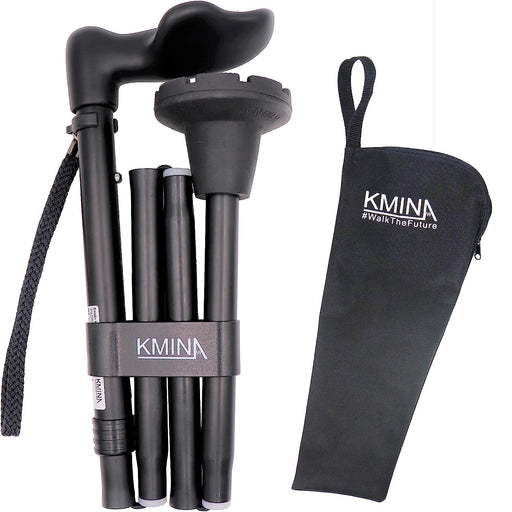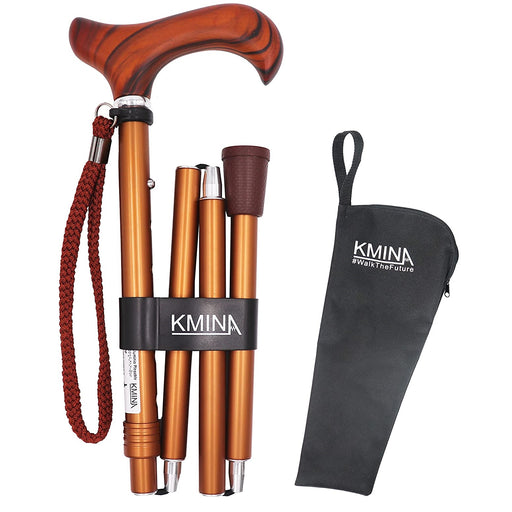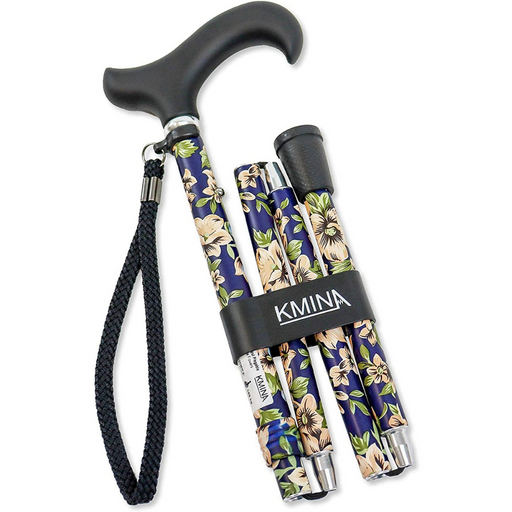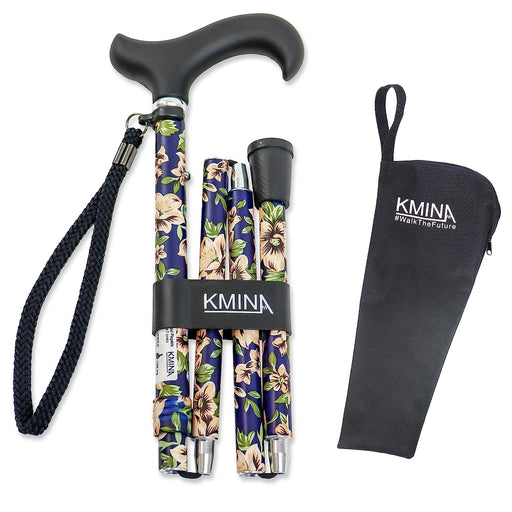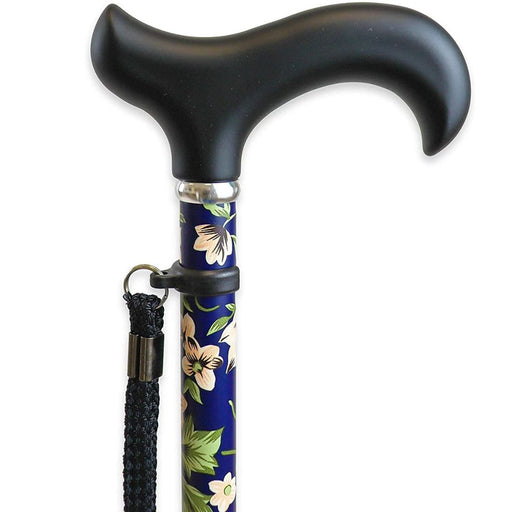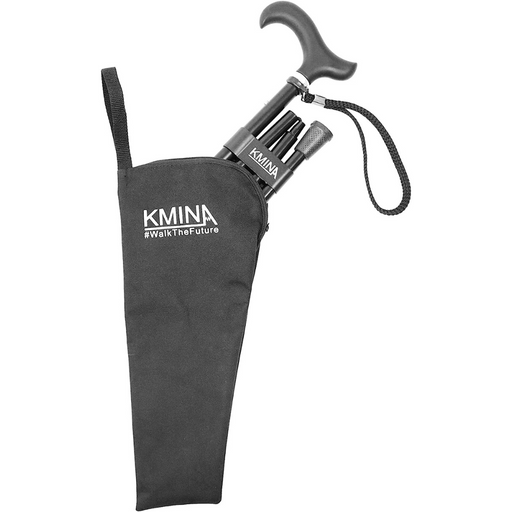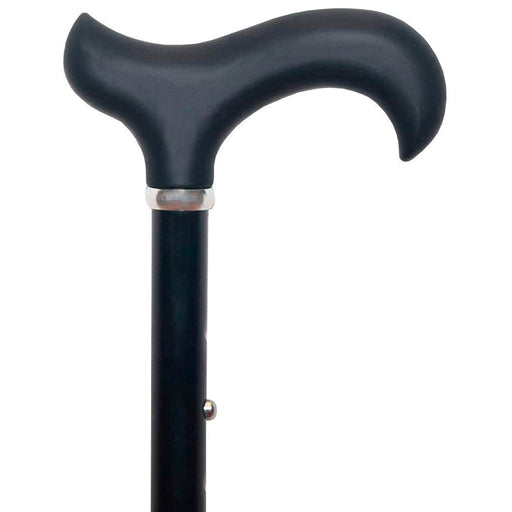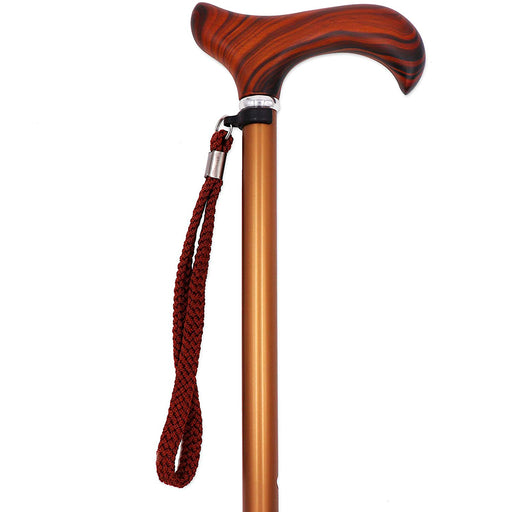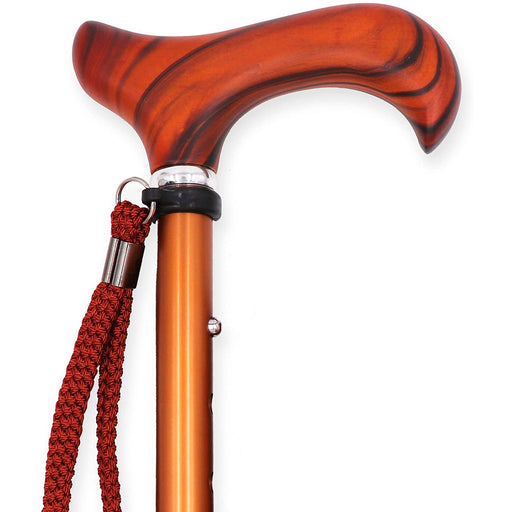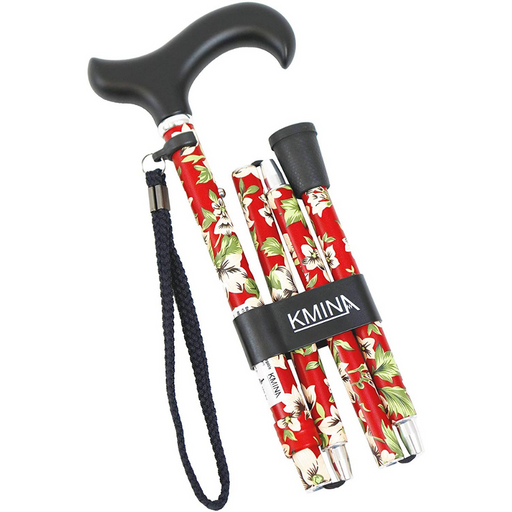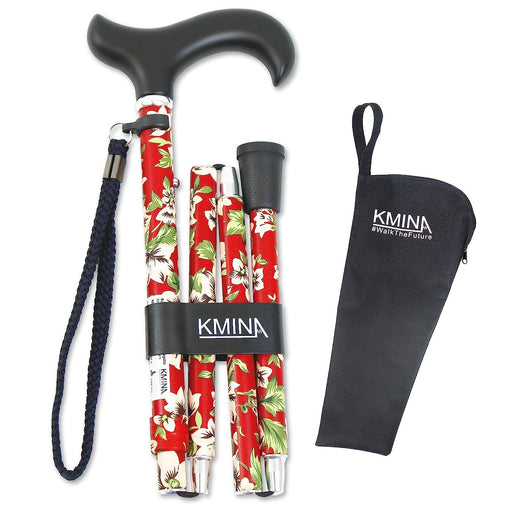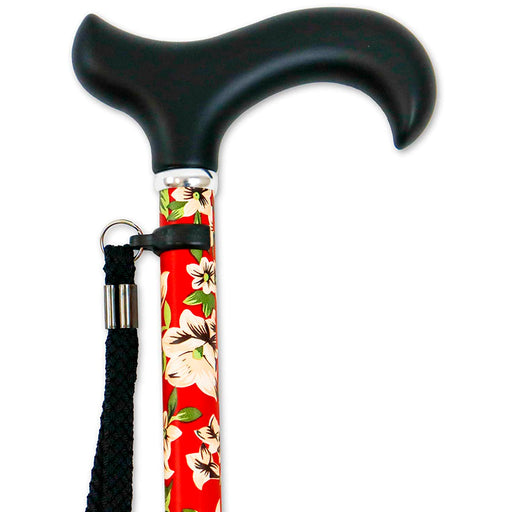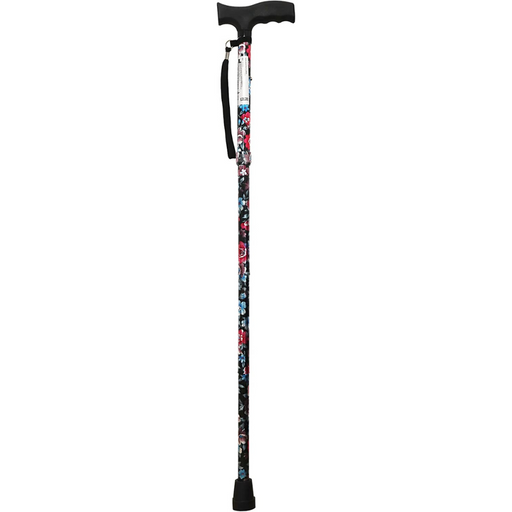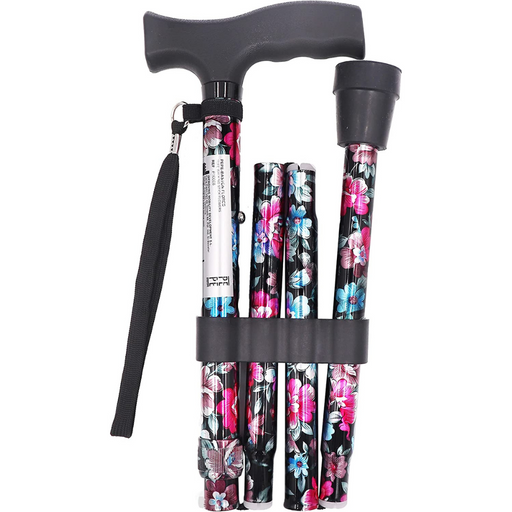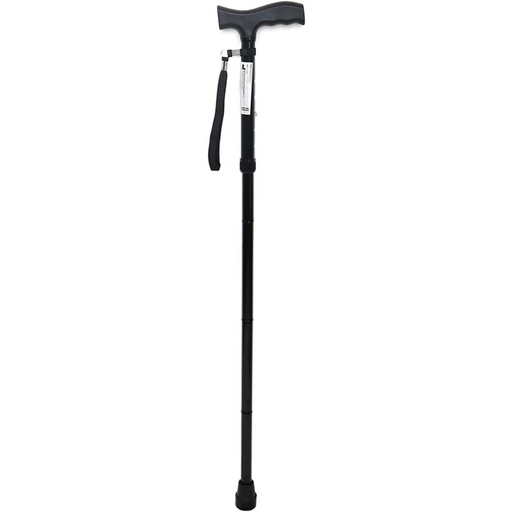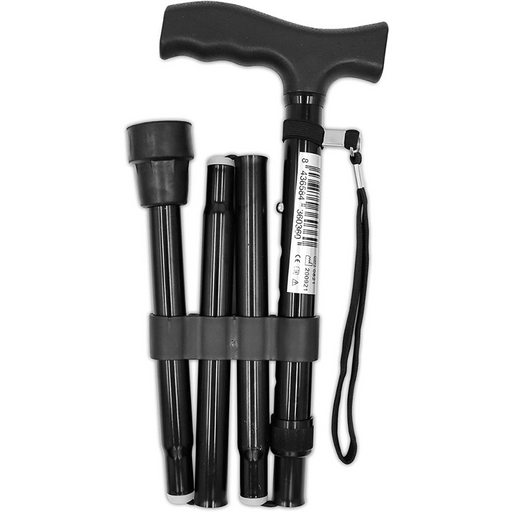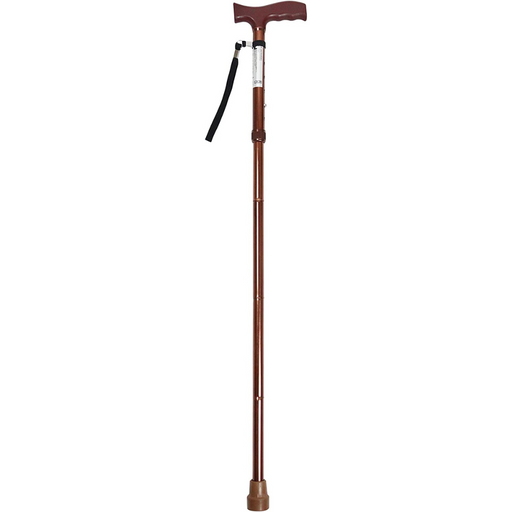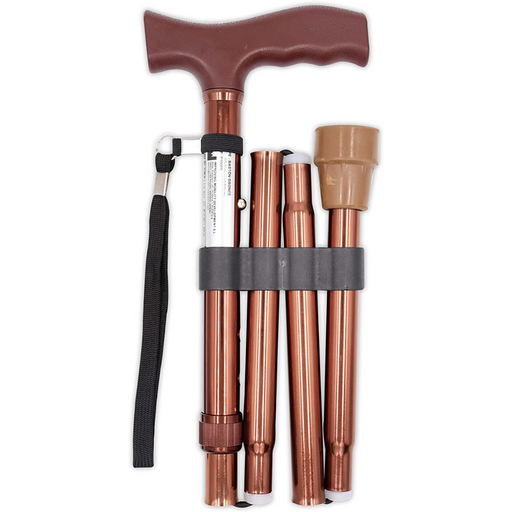2. Entorno:
- Si su cometido es para exteriores, es recomendado el uso de conteras antideslizantes, así como optar por un tipo de bastón plegable o extensible en el caso de usar cualquier tipo de transporte. Otra opción sería el bastón con asiento, si tu intención es realizar largos paseos, así como para descansar en largas colas de espera.
- En caso de usarse en interiores las necesidades no serán tan específicas. Asegúrate que te aporte la máxima estabilidad y que su tamaño no entorpezca tu movimiento.
3. Uso / Finalidad del bastón: En este punto es recomendado que, de la mano de las indicaciones de un profesional, optes por una empuñadura que se adapte eficazmente a tu lesión.
- Para un uso más liviano donde el objetivo es ganar equilibrio, es recomendado el uso del bastón en “T”, ya que ofrece un gran control al permitir pasar el pulgar por su parte delantera, consiguiendo así un agarre firme y una gran estabilidad. Ideal para personas con lesiones leves, en fase post-operatoria o con dolencia muscular.
- Si en tu caso sufres de incomodidad en las manos, necesitarás un bastón ergonómico que te permita distribuir el peso de forma uniforme por los diferentes puntos de presión de la mano. Es recomendado para personas que sufren artritis o tienen muñecas rígidas o dolorosas.



